
The art of cutting copper pipe is a skill that all aspiring DIYers should master. Whether you’re a beginner or an experienced handyperson, copper cutting is essential for numerous projects. But before you start any project, you’ll need to know how to cut copper pipe properly.
If you’re looking to upgrade your home’s plumbing system or just need a quick fix, we are here to help. In this article, we will provide you with all the necessary steps and tips for cutting copper pipes efficiently. So put on your safety goggles and get ready to learn.
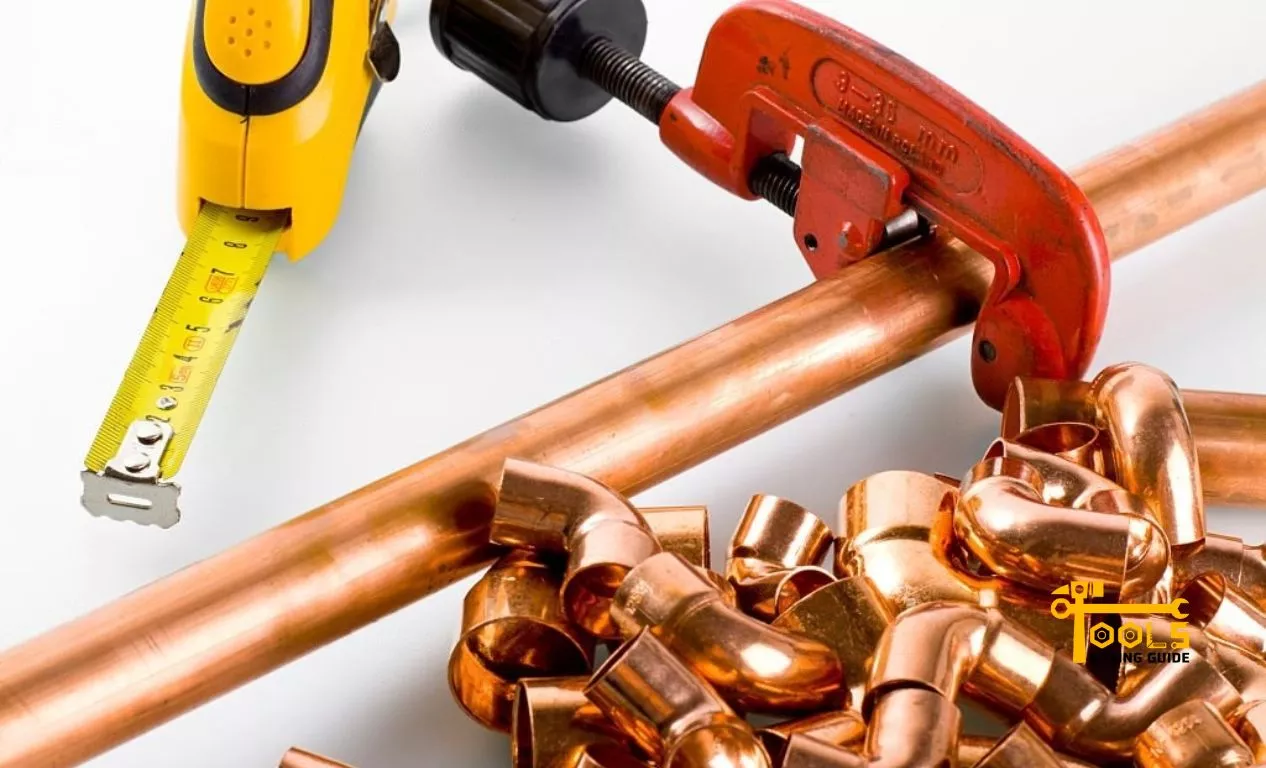
What Projects Require Cutting Copper Pipes?
Whether you’re a novice DIYer or an experienced craftsman, there are plenty of projects that require cutting copper pipe. Let’s take a look at some of the most common projects.
Plumbing repairs
You’ll need to cut copper pipe for plumbing repairs, such as replacing a faucet or water heater. You’ll also need to cut copper pipes for new installations, such as adding a water line or extending an existing pipe. Other plumbing repairs may require using the copper pipe, such as replacing a shower drain or installing a new toilet.
Crafts projects
If you’re an avid crafter, copper pipe cutting will be a part of your life. Copper pipes can be used for many projects, such as jewelry stands, plant hangers, candle holders, and furniture. Some projects may be complex, so you must ensure accurate cuts.
DIY home improvement
Finally, you’ll likely need the best way to cut copper pipe for home improvement projects. This could include adding new lighting fixtures or installing a new sink. You’ll need to know how to properly measure and cut copper pipe for these projects to ensure everything fits correctly.
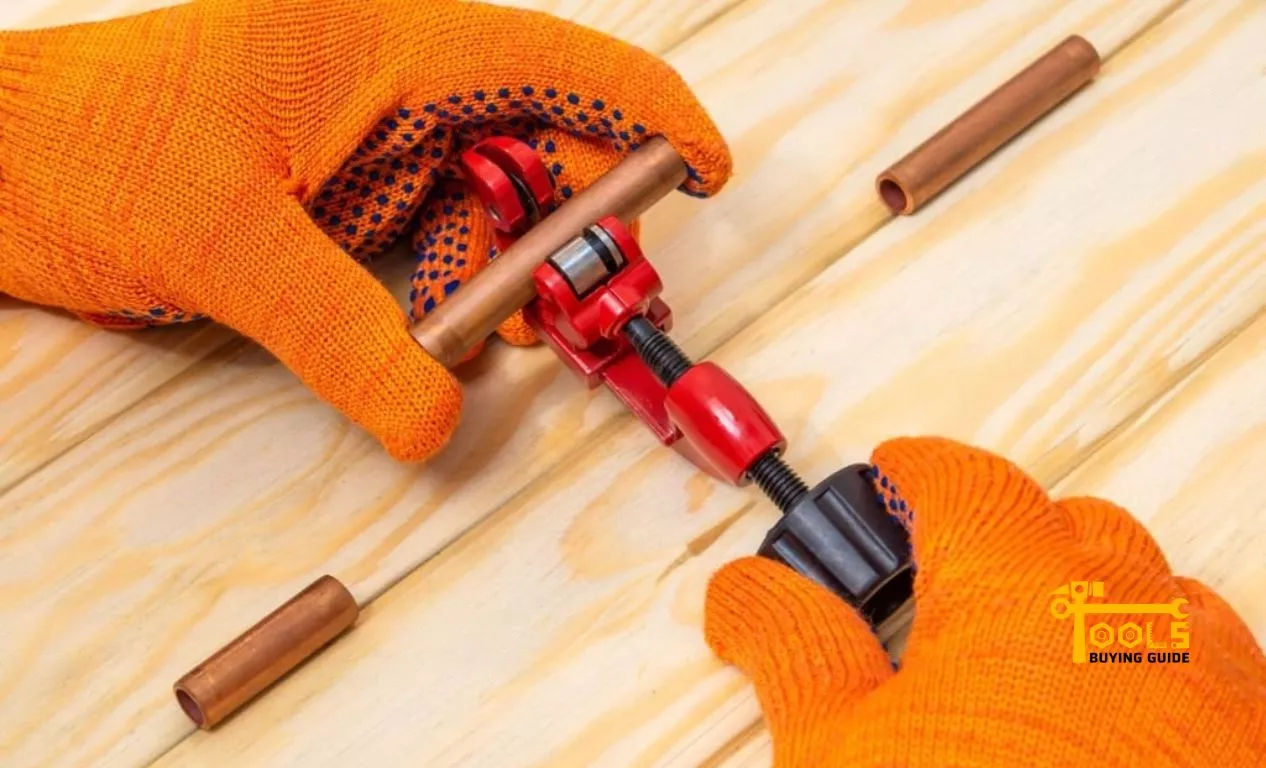
How to Cut Copper Pipe?
No matter what project you’re working on, the steps for cutting copper pipe remain the same.
Tools for cutting copper pipe:
- Copper Pipe Cutter
- Measuring Tape
- Marker or Pencil
- Safety Equipment (Gloves, Goggles, etc.)
- Emery Cloth or Steel Wool
Steps for Cutting Copper Pipe With Cutter
Now that you’ve gathered the necessary tools to cut copper pipe, let’s get started.
Measure the length of the cut needed
The first step is to measure the length of the copper pipe you need to cut. This requires a measuring tape, so ensure you have one handy.
Measure from the end of the pipe to the unit of measurement that you need to achieve. For example, if you’re cutting a 12-inch piece of copper pipe, you would measure from the end to twelve inches. The measurement should include the end of the pipe, so be sure to consider that.
Marking the copper pipe
Once you’ve determined the measurement that you need, it’s time to mark the pipe with a pencil or marker. This will help you make an accurate cut. You should make sure that the line is visible and that it’s easy to follow.
Put on safety gear
Safety gear such as gloves and goggles should be worn while handling the cutting tools. This will protect you from any potential injury or debris generated during the process.
Fixing the cutter
Once the pipe is marked, you must place the copper cutting tool around it firmly. The cutter has two handles that should be pulled together to grip the pipe tightly. Ensure the handle is tightened securely, which will help ensure a clean cut.
Rotate the cutter around the pipe
Cutting copper pipe requires a bit of finesse. Rotating the copper cutters around the pipe will help you make a clean cut. Give it a few rotations, aiming to keep the line that you marked in the same position throughout.
Smooth edges with emery paper or steel wool
Once the pipe is cut, you’ll need to smooth the edges. This will help ensure that the cut is even and clean. Use either emery cloth or steel wool to buff out the edges of the pipe. This will prevent any sharp points or burrs from forming.
Steps for Cutting Copper Pipe With a Hacksaw
The second method of cutting copper pipe is with a hacksaw. This requires similar steps to the pipe cutter, albeit with a few minor adjustments.
Measuring pipe to appropriate length
Check twice and cut once – you don’t want to start over again if your measurements are off.
Using a hacksaw to cut the copper pipe
Hold the hacksaw firmly in place and make sure it’s angled correctly before you start cutting. Depending on your saw, this might take a bit of practice to get the angle and pressure just right.
How to use a hacksaw?
Using a hacksaw for cutting copper pipe is not as easy as it looks. You have to be careful that the saw is angled correctly and at the right pressure when cutting. It is best to start with a few practice cuts on scrap pieces of the copper pipe first.
When using a hacksaw to cut copper pipe, make sure you have the right length of the blade for the diameter of the pipe. If the blade is too long, it will be difficult to make a straight cut; if the blade is too short, it won’t cut through the pipe completely.
Before you start cutting, make sure the blade is firmly in place and perpendicular to the pipe. Then begin sawing slowly and steadily, using a forward and backward motion. As you cut through the pipe, keep an eye on your angle and pressure to ensure you are cutting straight.
Once the pipe is cut through, use a filing tool to smooth the rough edges. Finally, test-fit the copper pipe to make sure it fits correctly.
Fill rough edges with a filing tool
To make sure that the edges of your pipe are smooth, use a filing tool to get rid of any sharp corners or protrusions. This will ensure a better fit when you are putting your project together. You don’t want any holes in your project due to uneven edges.
Test fitting the copper pipe
Once you have cut and filed your pipe to the desired length, test-fit it to ensure it is a perfect fit. This step is critical, as it will save you from cutting the pipe multiple times.
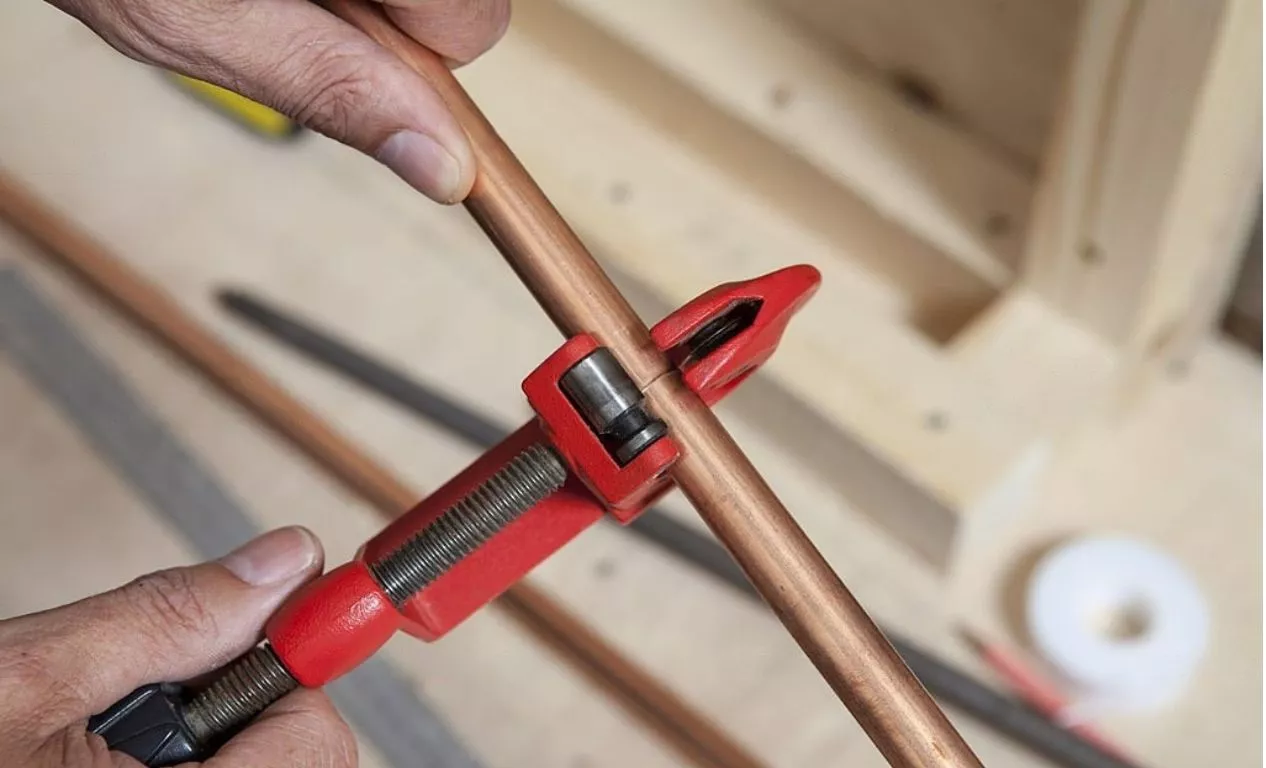
Tips and Tricks for Getting the Best Results
Secure your workpiece to a stable surface
The last thing you want is to have a pipe slip and slide while trying to cut a copper pipe. Securely clamp the pipe in place, then begin cutting. You’ll be much less likely to make a mistake and end up with an uneven cut. So make sure your setup is secure and stable before you start.
Cut slowly and evenly
Now it’s time to get to work. Go slow and steady – take your time with the cut, as going too fast may result in a jagged edge or an uneven cut. Just like a chef slicing up vegetables for dinner – take your time and enjoy the process! You’ll be much happier with the results in the end. Use slow, even strokes as you saw through the pipe – it’ll make all the difference.
Tips to get Stripped Screw Out
Inspect the pipe for any imperfections after cutting
Once you’ve finished cutting the pipe, look at it and ensure there are no imperfections. If there are, use a filing tool to smooth out any rough edges or jagged sections. This step is especially important if the pipe will be used to transport liquids or gases; the last thing you want is a leak!
Wear protective gloves and goggles when handling sharp edges
Safety first. Cutting copper pipe can be dangerous; keep yourself protected from sharp edges. Wear gloves and goggles when handling the pipe; it’ll help keep you safe and your cuts more precise.
Apply petroleum jelly to make further cutting easier
To make subsequent cuts smoother, apply some petroleum jelly to the copper pipe before you start sawing. This helps reduce friction and makes the cutting process easier and more precise.
Keep the blades of tools sharp
Proper maintenance is key to getting clean, precise cuts. Keep your blades sharp and lubricated with oil – this will help ensure the blade glides through the pipe without any resistance. And, of course, make sure to take breaks – a dull blade is far more likely to make mistakes than one that’s well-maintained and taken care of.
Use a Miter box
For making angled cuts, consider using a miter box. It’s an easy and simple way to ensure your cuts are precise and clean. They come in various sizes, so make sure to pick one that can handle the size of pipe you’re working with. And remember to take your time – this will help ensure that all of your angled cuts come out perfectly.
These tips and tricks should help make cutting copper pipe a breeze.
Frequently Asked Questions
If you have a hacksaw, cutting copper pipe by hand is easy! Just make sure your blade has enough teeth to do the job quickly. Place the pipe on a firm surface, measure your cut, and start sawing away! It’s best to go slowly and steadily since too much pressure can cause the pipe to bend.
Not just any tool can be used for cutting copper pipe. A hacksaw is the most preferred choice since it gives you more control over your cut and is much more efficient. You can also purchase cutting copper tubing, which uses a rotating wheel to slice through the pipe.
It’s much easier and faster to cut copper pipe with the right tools, such as a saw or tubing cutter. If you don’t have the right tools, it can be difficult to cut through copper pipes. It’s also important to ensure your blade is sharp enough to get the job done.
All you need is a saw and some elbow grease. But if you don’t want to get your hands dirty, then our favorite method is to use a tubing cutter. It’s quick and easy, and you won’t have any jagged edges or sharp burrs on the end of the pipe. Just measure and mark your cut, place the tubing cutter on the pipe, and turn it around a few times.
Unless you’re using a hacksaw or other power tool, you won’t get a clean cut, which could be dangerous. That’s why a tubing cutter is the way to go. You’ll also need to wear protective gloves and eye protection when doing any kind of pipe cutting.
Conclusion
Now you know how to cut copper pipe like a pro. Cutting copper pipe isn’t hard at all – as long as you have the right tools and know-how.
With a few simple steps and some patience, you can cut copper pipe quickly and safely. And don’t forget to wear the proper safety gear – it’s always better to be safe than sorry. So take a deep breath, grab your tools, and cut – you’ll have that copper pipe perfect in no time.
Read More About Best Tool For Digging In Clay


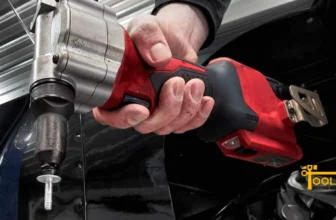
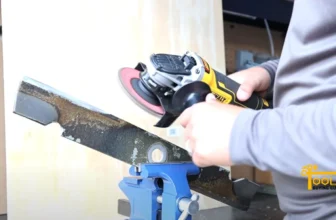
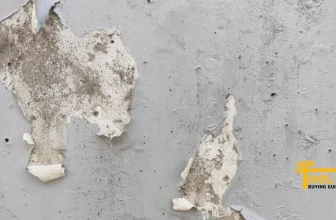
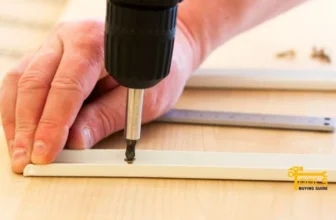
[…] and resistance to corrosion. Whether you are a DIY enthusiast or a professional plumber, knowing how to cut copper pipe with ease is a fundamental skill to have. Proper cutting techniques are essential to achieve accurate, clean […]